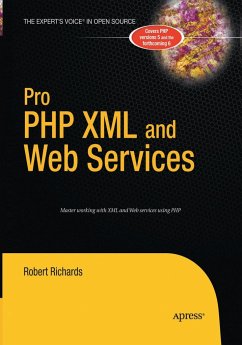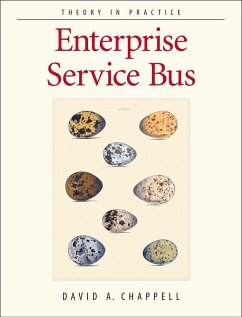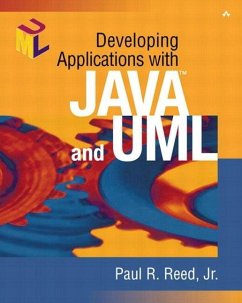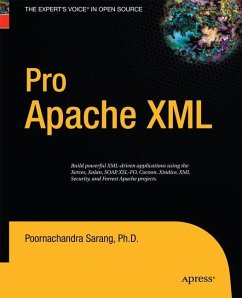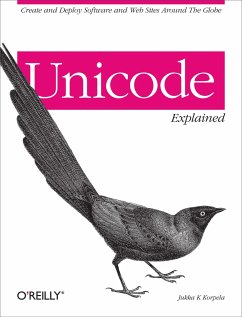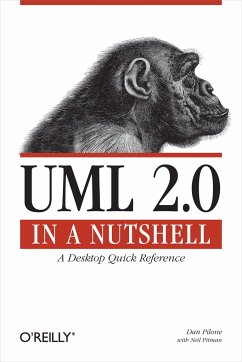Nicht lieferbar
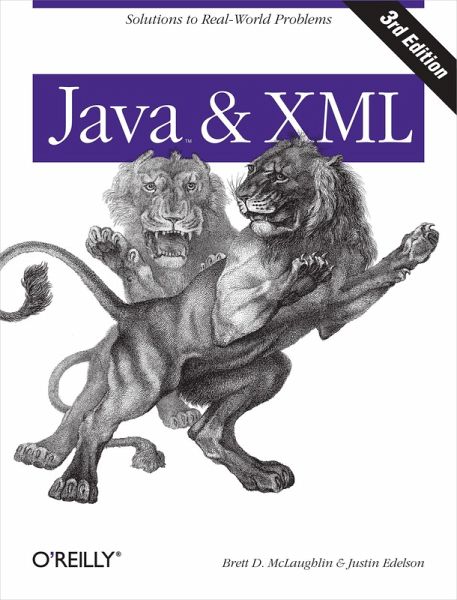
Java and XML
Solutions to Real-World Problems
XML has been the biggest buzzword on the Internet community for the past year. But how do you cut through all the hype and actually put it to work? Java revolutionized the programming world by providing a platform-independent programming language. XML takes the revolution a step further with a platform-independent language for interchanging data. Java and XML share many features that are ideal for building web-based enterprise applications, such as platform-independence, extensibility, reusability, and global language (Unicode) support, and both are based on industry standards. Together Java and XML allow enterprises to simplify and lower costs of information sharing and data exchange. Java and XML shows how to put the two together, building real-world applications in which both the code and the data are truly portable.
This book covers:
- The basics of XML
- Using standard Java APIs to parse XML
- Designing new document types using DTDs and Schemas
- Writing programs that generate XML data
- Transforming XML into different forms using XSL transformations (XSL/T)
- XML-RPC
- Using a web publishing framework like Apache-Cocoon
This is the first book to cover the most recent versions of the DOM specification (DOM 2), the SAX API (SAX 2) and Sun's Java API for XML.
This book covers:
- The basics of XML
- Using standard Java APIs to parse XML
- Designing new document types using DTDs and Schemas
- Writing programs that generate XML data
- Transforming XML into different forms using XSL transformations (XSL/T)
- XML-RPC
- Using a web publishing framework like Apache-Cocoon
This is the first book to cover the most recent versions of the DOM specification (DOM 2), the SAX API (SAX 2) and Sun's Java API for XML.
Java and XML, 3rd Edition, shows you how to cut through all the hype about XML and put it to work. It teaches you how to use the APIs, tools, and tricks of XML to build real-world applications. The result is a new approach to managing information that touches everything from configuration files to web sites.
After two chapters on XML basics, including XPath, XSL, DTDs, and XML Schema, the rest of the book focuses on using XML from your Java applications. This third edition of Java and XML covers all major Java XML processing libraries, including full coverage of the SAX, DOM, StAX, JDOM, and dom4j APIs as well as the latest version of the Java API for XML Processing (JAXP) and Java Architecture for XML Binding (JAXB). The chapters on web technology have been entirely rewritten to focus on the today's most relevant topics: syndicating content with RSS and creating Web 2.0 applications. You'll learn how to create, read, and modify RSS feeds for syndicated content and use XML to power the next generation of websites with Ajax and Adobe Flash.
Topics include:
The basics of XML, including DTDs, namespaces, XML Schema, XPath, and Transformations
The SAX API, including all handlers, filters, and writers
The DOM API, including DOM Level 2, Level 3, and the DOM HTML module
The JDOM API, including the core and a look at XPath support
The StAX API, including StAX factories, producing documents and XMLPull
Data Binding with JAXB, using the new JAXB 2.0 annotations
Web syndication and podcasting with RSS
XML on the Presentation Layer, paying attention to Ajax and Flash applications
If you are developing with Java and need to use XML, or think that you will be in the future; if you're involved in the new peer-to-peer movement, messaging, or web services; or if you're developing software for electronic commerce, Java and XML will be an indispensable companion.
After two chapters on XML basics, including XPath, XSL, DTDs, and XML Schema, the rest of the book focuses on using XML from your Java applications. This third edition of Java and XML covers all major Java XML processing libraries, including full coverage of the SAX, DOM, StAX, JDOM, and dom4j APIs as well as the latest version of the Java API for XML Processing (JAXP) and Java Architecture for XML Binding (JAXB). The chapters on web technology have been entirely rewritten to focus on the today's most relevant topics: syndicating content with RSS and creating Web 2.0 applications. You'll learn how to create, read, and modify RSS feeds for syndicated content and use XML to power the next generation of websites with Ajax and Adobe Flash.
Topics include:
The basics of XML, including DTDs, namespaces, XML Schema, XPath, and Transformations
The SAX API, including all handlers, filters, and writers
The DOM API, including DOM Level 2, Level 3, and the DOM HTML module
The JDOM API, including the core and a look at XPath support
The StAX API, including StAX factories, producing documents and XMLPull
Data Binding with JAXB, using the new JAXB 2.0 annotations
Web syndication and podcasting with RSS
XML on the Presentation Layer, paying attention to Ajax and Flash applications
If you are developing with Java and need to use XML, or think that you will be in the future; if you're involved in the new peer-to-peer movement, messaging, or web services; or if you're developing software for electronic commerce, Java and XML will be an indispensable companion.





